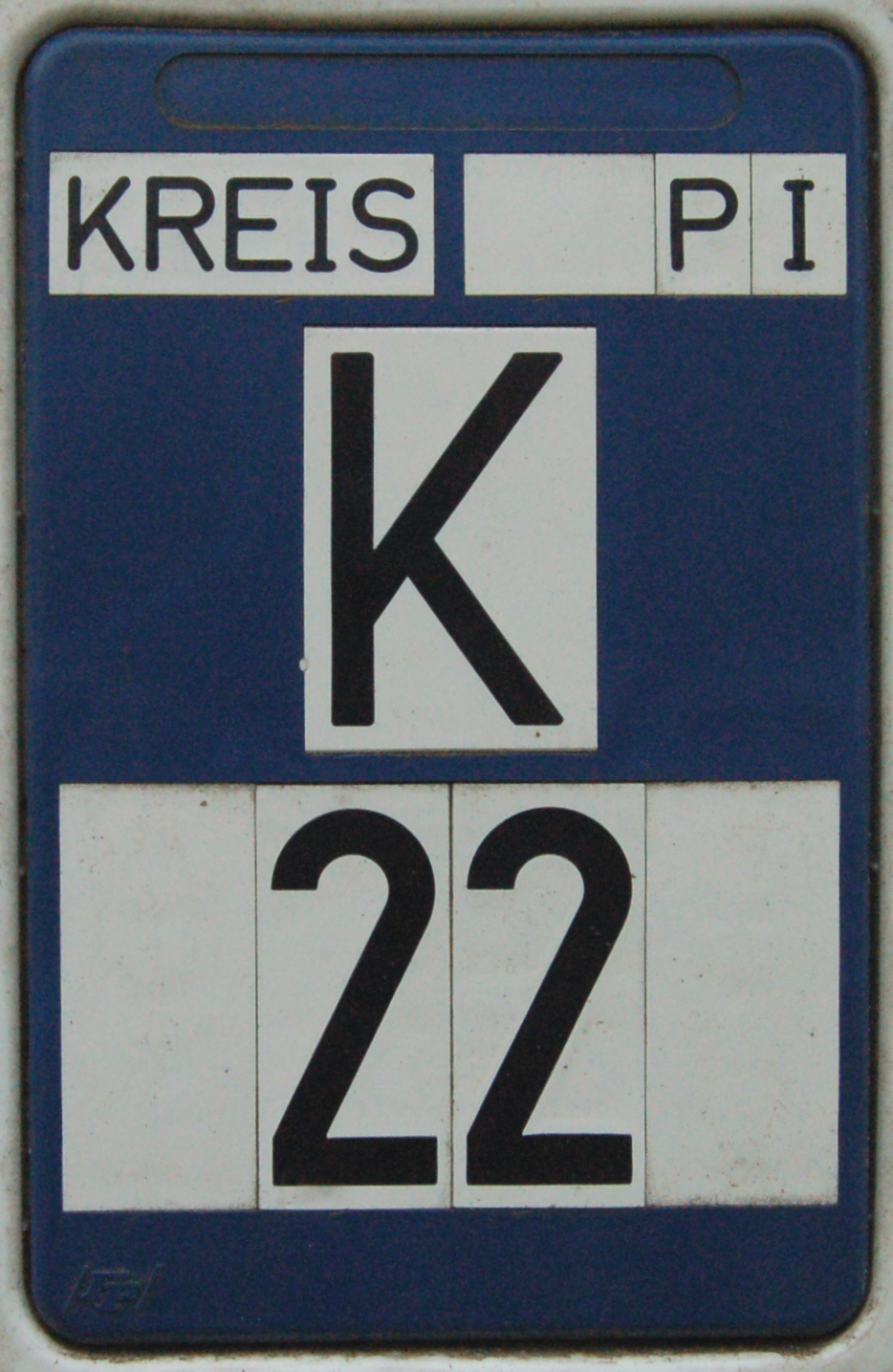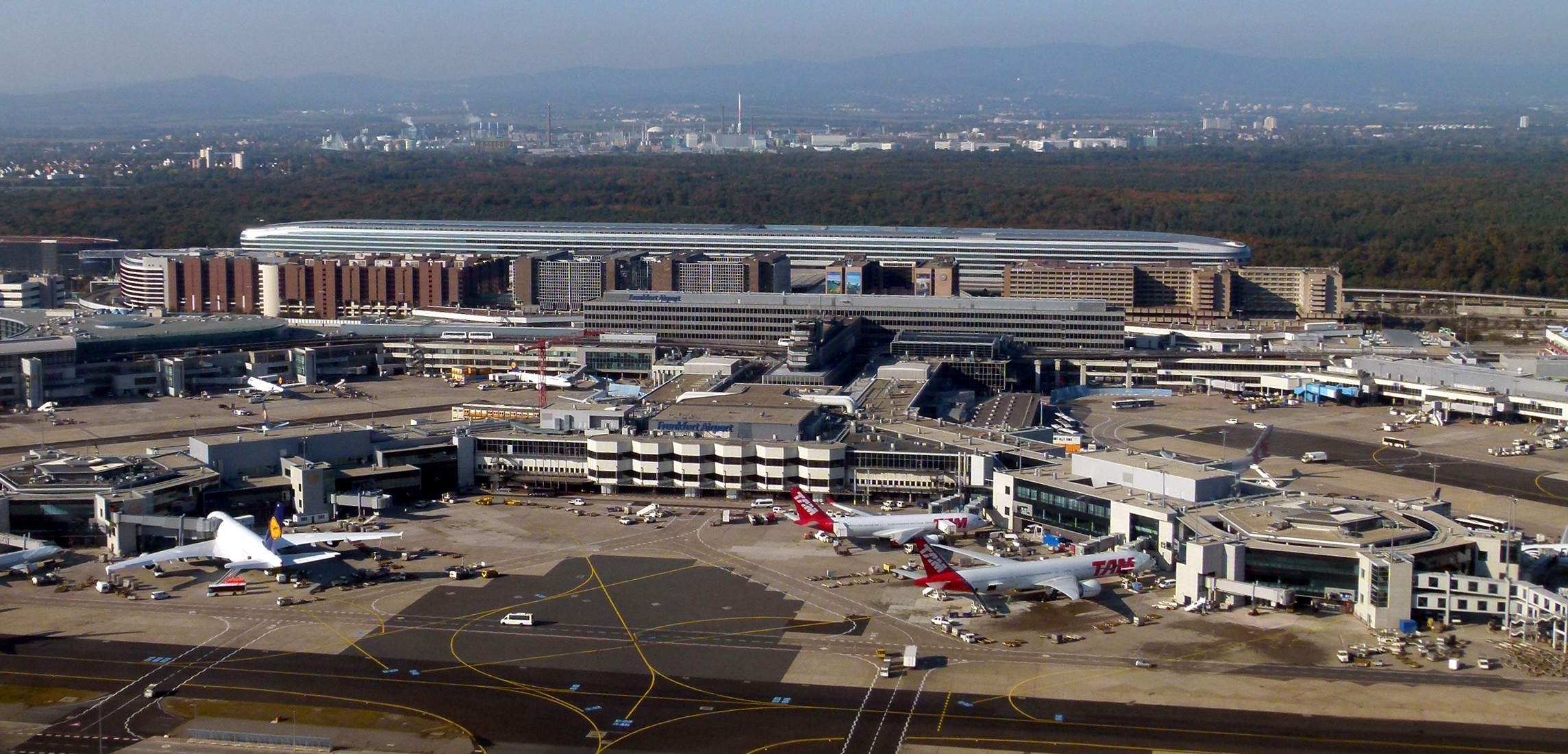|
Gemeindestraße
A ''Gemeindestraße'' (, ) is a local road in Germany that is the responsibility of the municipality or parish (''Gemeinde (Germany), Gemeinde'') or of the town (''kreisfreie Stadt'') to build and/or maintain. In the official ranking of roads by importance a ''Gemeindestraße'' falls below a ''Kreisstraße'' and, unlike the latter, it is not numbered. Because these roads have to be funded by the local community, the parishes occasionally try to have ''Gemeindestraßen'' reclassified as ''Kreisstraßen'' that then have to be maintained by the district or ''Kreis''. This is also important for those living there e.g. because then the permission for enclosing the road is decided elsewhere and the occupants' contributions may be calculated differently. See also * Autobahn * Bundesstraße * Landesstraße * Kreisstraße External links Parish regulations of the German states Roads in Germany Municipal roads {{Germany-road-stub ... [...More Info...] [...Related Items...] OR: [Wikipedia] [Google] [Baidu] |
Municipal Road
Municipal road or municipal way is or was a Hierarchy of roads, category of roads which are owned and/or maintained by municipalities. Generally, transit sections of higher-class roads through the built-up area is counted as part of the higher-class road, not as a municipal road. Some countries use the term local road or local communication in similar sense. Situation in various countries * Gemeindestraße in Germany. There are distinguished Ortsstraßen (local roads) in built-up area and Gemeindeverbindungsstraßen (GVS, roads of municipal connection) for connection of municipalities or municipal parts. GVSs exist in several bundeslands only, e.g. Bavaria and Baden-Württemberg. * Gemeindestraße in Austria * Gemeindestraße in Switzerland; this classification express who is the administrator only; it is independent on the importance classification (main roads, secondary roads). * route communale in France * strada comunale in Italy. Italian municipal roads are maintained ... [...More Info...] [...Related Items...] OR: [Wikipedia] [Google] [Baidu] |
Kreisstraße
A Kreisstraße (, or 'county road') is a class of road in Germany. It carries traffic between the towns and villages within a ''Districts of Germany, Kreis'' or district or between two neighbouring districts. In importance, the ''Kreisstraße'' ranks below a ''Landesstraße'' (or, in Bavaria and Saxony, a ''Staatstraße'', i.e. a state road), but above a ''Gemeindestraße'' or "local road". ''Kreisstraßen'' are usually the responsibility of the respective rural district (''Landkreis'') or urban district (''Kreisfreie Stadt''), with the exception of high streets through larger towns and villages. Kreisstraßen are usually dual-lane roads but, in a few cases, can be built as limited-access dual carriageways in densely populated areas. Numbering Unlike local roads (''Gemeindestraßen'') the ''Kreisstraßen'' are invariably numbered, but their numbering is not shown on signs. The abbreviation is a prefixed capital letter K followed by a serial number. In most states of Germany, st ... [...More Info...] [...Related Items...] OR: [Wikipedia] [Google] [Baidu] |
Landesstraße
''Landesstraßen'' (singular: ''Landesstraße'' ) are roads in Germany and Austria that are, as a rule, the responsibility of the respective German or Austrian federal state. The term may therefore be translated as "state road". They are roads that cross the boundary of a rural or urban district ('' Landkreis'' or '' Kreisfreie Stadt''). A ''Landesstraße'' is thus less important than a ''Bundesstraße'' or federal road, but more significant than a ''Kreisstraße'' or district road. The classification of a road as a ''Landesstraße'' is a legal matter (''Widmung''). In the free states of Bavaria and Saxony – but not, however, in the Free State of Thuringia – ''Landesstraßen'' are known as ''Staatsstraßen''. Designation The abbreviation for a ''Landesstraße'' consists of a prefixed capital letter ''L'' and a serial number (e. g. L 1, L 83, L 262 or L 3190). ''Staatsstraßen'' in Saxony are similarly abbreviated using a capital ''S'' (e. g. S 190) and the ''Staatsstra� ... [...More Info...] [...Related Items...] OR: [Wikipedia] [Google] [Baidu] |
Gemeinde (Germany)
MunicipalitiesCountry Compendium. A companion to the English Style Guide European Commission, May 2021, pages 58–59. (, ; ) are the lowest level of official territorial division in . This can be the second, third, fourth or fifth level of territorial division, depending on the status of the municipality and the '''' (federal state) it is part ... [...More Info...] [...Related Items...] OR: [Wikipedia] [Google] [Baidu] |
Kreisfreie Stadt
In 13 German states, the primary administrative subdivision higher than a '' Gemeinde'' (municipality) is the () or (). Most major cities in Germany are not part of any ''Kreis'', but instead combine the functions of a municipality and a ''Kreis''; such a city is referred to as a () or (). ''(Land-)Kreise'' stand at an intermediate level of administration between each state () and the municipalities () within it. These correspond to level-3 administrative units in the Nomenclature of Territorial Units for Statistics (NUTS 3). Previously, the similar title Imperial Circle () referred to groups of states in the Holy Roman Empire. The related term was used for similar administrative divisions in some German territories until the 19th century. Types of districts The majority of German districts are "rural districts" (German: , ), of which there are 294 . Cities with more than 100,000 inhabitants (and smaller towns in some states) do not usually belong to a district, b ... [...More Info...] [...Related Items...] OR: [Wikipedia] [Google] [Baidu] |
Autobahn
The (; German , ) is the federal controlled-access highway system in Germany. The official term is (abbreviated ''BAB''), which translates as 'federal motorway'. The literal meaning of the word is 'Federal Auto(mobile) Track'. Much of the system has no speed limit for some classes of vehicles. However, limits are posted and enforced in areas that are urbanised, substandard, prone to collisions, or under construction. On speed-unrestricted stretches, an advisory speed limit () of applies. While driving faster is not illegal in the absence of a speed limit, it can cause an increased liability in the case of a collision (which mandatory auto insurance has to cover); courts have ruled that an "ideal driver" who is exempt from absolute liability for "inevitable" tort under the law would not exceed the advisory speed limit. A 2017 report by the Federal Road Research Institute reported that in 2015, 70.4% of the Autobahn network had only the advisory speed limit, 6.2% had temp ... [...More Info...] [...Related Items...] OR: [Wikipedia] [Google] [Baidu] |
Bundesstraße
''Bundesstraße'' (, ), abbreviated ''B'', is the denotation for German and Austrian national highways. Germany Germany's ''Bundesstraßen'' network has a total length of about 40,000 km. German ''Bundesstraßen'' are labelled with rectangular yellow signs with black numerals, as opposed to the white-on-blue markers of the '' Autobahn'' controlled-access highways. ''Bundesstraßen'', like autobahns (''Autobahnen''), are maintained by the federal agency of the Transport Ministry. In the German highway system they rank below autobahns, but above the '' Landesstraßen'' and '' Kreisstraßen'' maintained by the federal states and the districts respectively. The numbering was implemented by law in 1932 and has overall been retained up to today, except for those roads located in the former eastern territories of Germany. One distinguishing characteristic between German ''Bundesstraßen'' and ''Autobahnen'' is that there usually is a general 100 km/h (62 mph) s ... [...More Info...] [...Related Items...] OR: [Wikipedia] [Google] [Baidu] |
Roads In Germany
As a densely populated country in a central location in Europe and with a developed Economy of Germany, economy, Germany has a dense transport infrastructure. One of the first limited-access highway systems in the world to have been built, the extensive German German Autobahnen, Autobahn network has no general speed limit for light vehicles (although there are speed limits in many sections today, and there is an limit for trucks). The country's most important waterway is the river Rhine, and largest port is that of Hamburg. Frankfurt Airport is a major international airport and European transport hub. Air travel is used for greater distances within Germany but faces competition from the state-owned Deutsche Bahn's rail network. High-speed trains called Intercity-Express, ICE connect cities for passenger travel with speeds up to 300 km/h. Many German cities have Rapid transit in Germany, rapid transit systems and public transport is available in most areas. Buses have his ... [...More Info...] [...Related Items...] OR: [Wikipedia] [Google] [Baidu] |



